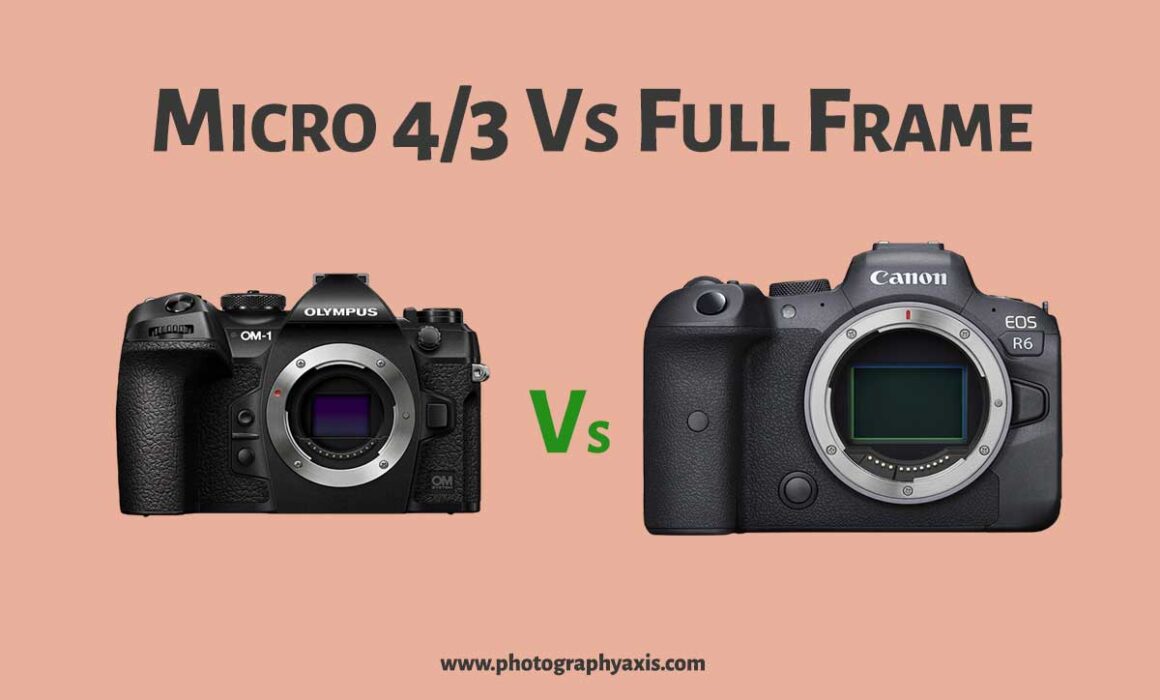Micro Four Thirds Vs Full Frame Camera- Which is Better for Photo & Video?
When it comes to digital cameras, there are different kinds of cameras. Full frame and Micro Four Thirds (MFT) are two of the types. If you plan to pick between these two, you need to know their differences. Which of these cameras is best for photo and video? You can have a look at this in-depth comparison of Micro 4/3 vs Full Frame cameras. It will help you make the right choice.
1. Camera Sensor Size
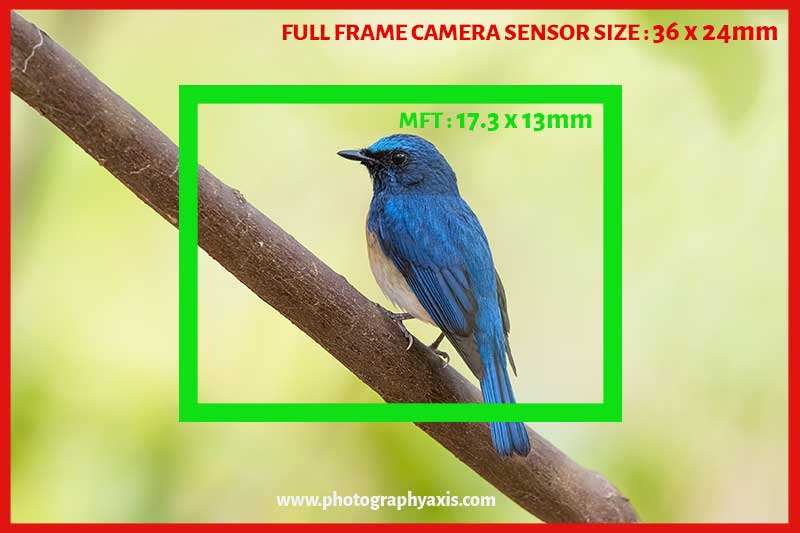
Micro 4/3 Sensor Size: 17.3 x 13mm
Full-Frame Sensor Size: 36 x 24mm
The size of the camera sensor is one major difference between a full-frame and a micro four thirds camera.
The sensor size is bigger in the case of a full-frame camera when compared to micro 4/3.
2. Crop Factor

The micro four third camera comes with a 2x crop factor. There is no crop factor for a full-frame camera.
This 2x crop factor is good for wildlife and bird photographers. It helps to get that extra reach.
For example, if you use a 300mm lens on a micro four third, the effective focal length will be 600mm. The effective focal length remains unchanged in a full frame camera.
3. Angle of View
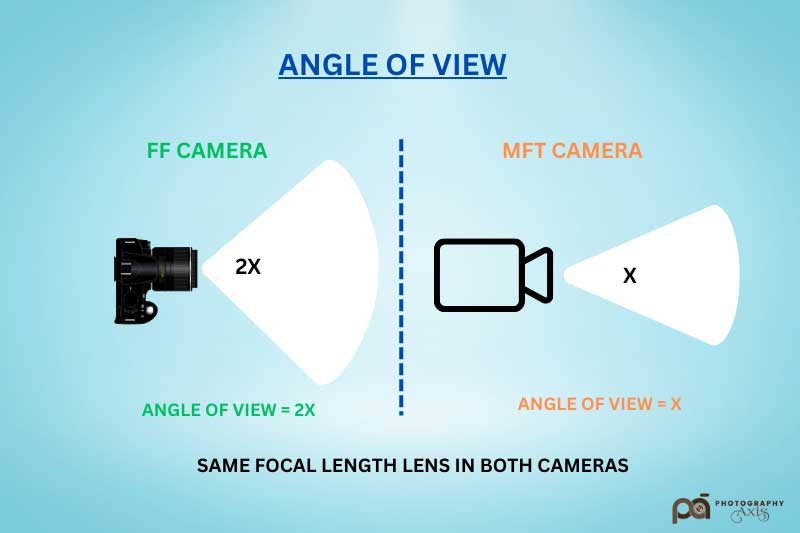
Landscape photographers love to have a wider angle of view.
A full frame camera offers a wider angle of view when compared to an MFT camera with the same focal length lens.
The same focal length lens on an MFT camera reduces the angle of view.
4. Noise Performance
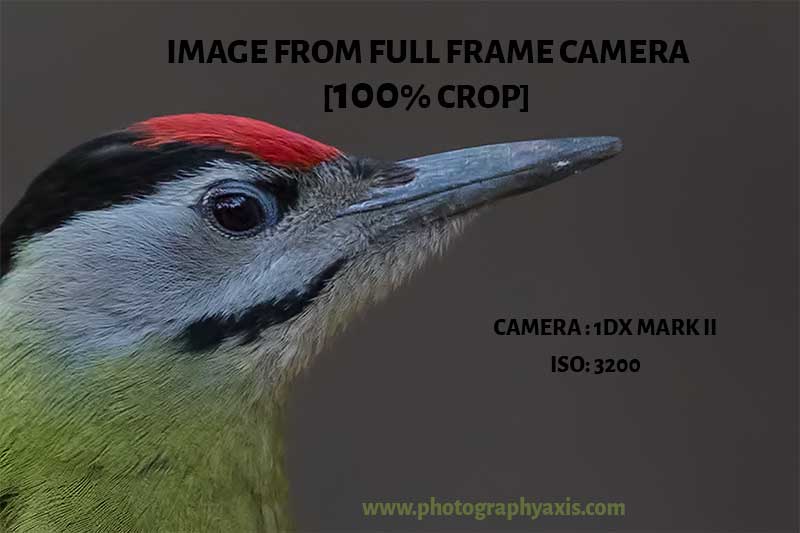
When you compare the noise performance, the full frame is a clear winner. It is because of the large sensor of the full frame camera.
The Signal to Noise Ratio [SNR] is high for an FF camera. Thus, the color depth and tonal details will be better.
If you want to pick between these two cameras for low light shooting, go for a full-frame one. It will allow you to shoot at high ISO values with fewer grains on the image.
5. DoF (Depth of Field)
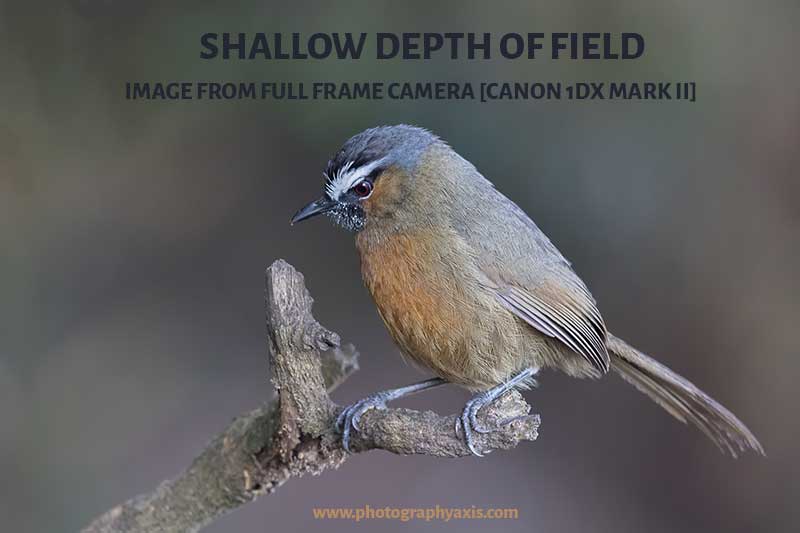
When it comes to DoF, there are two situations. Sometimes you want a wider depth of field and a shallow depth of field during others.
A shallow depth of field is preferred for portraits, wildlife, and bird photography. Landscapes and seascapes require a wide depth of field.
A full-frame camera offers better shallow depth of field than a MFT camera. On the other hand, MFT offers more depth of field.
6. Bokeh
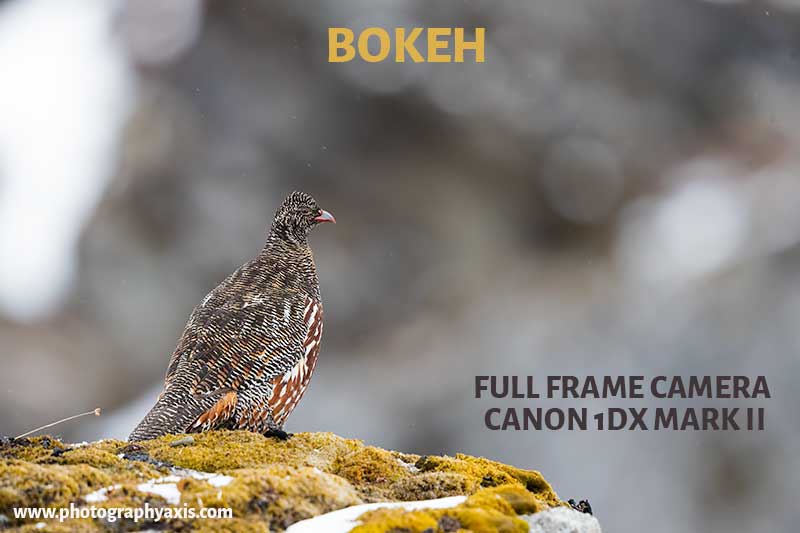
When you shoot portraits, you would love to have good Bokeh in your pictures.
Full-frame cameras produce better Bokeh than the MFT cameras.
This is mainly due to the large sensor size.
7. The Cost Factor
The camera cost can be one of the deciding factors, especially if you are on a tight budget.
When it comes to cost, micro four thirds have a slight edge since they are less expensive than the full frame ones.
8. Camera Size & Weight Comparison

If you look at a micro four thirds and a full frame camera body, the full frame camera will appear larger in size.
Also, if you weigh both these cameras, the weight will be less for the micro 4/3 camera.
If you are looking for a smaller and less bulky camera, micro 4/3 will be a better choice.
9. Lens Options
When it comes to lens options, full frame cameras have more lens options.
It is because of the fact that full-frame cameras are more popular.
10. Camera Body Upgradability
If you plan to upgrade your camera body in the future, you must look for different higher-end camera models in each of these segments.
There are many camera body options when it comes to full frame cameras. They are available in both DSLR and Mirrorless segments. Also, the new camera technologies are coming in full frame cameras.
However, the upgrade options are very limited in the case of MFT cameras.
11. For Photo Prints
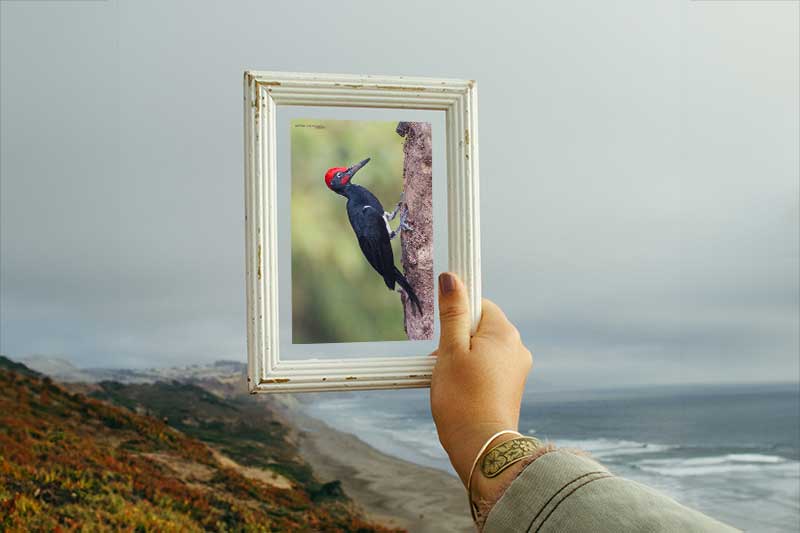
If you are a person who prints your images, then you need to be careful while selecting between these two cameras. Here, you need to consider the print sizes.
If you go for some standard photo print sizes like the 6×4, 5×7, A4, and A3 sizes, both these cameras are equally good.
If you want to go for large size prints, a full-frame camera will be a better choice. It is because the full frame camera comes with a large sensor. Hence, the resolution will be more.
12. Professional Vs Hobbyist

If you are a professional capturing photos and videos, I recommend investing in a full-frame camera.
More than 85 percent of professional photographers use a full-frame camera to capture images.
For hobbyists, micro four thirds will be a better choice because of the lower cost factor. You can also go for a full frame if you have the budget.
15. Popular Models
If you are looking to purchase any of these cameras, you can consider the following models.
15.1 Popular Micro Four Third Cameras
Panasonic Lumix G7
Olympus OM-D-E-M5 Mark III
Panasonic G9 Compact System Camera
15.2 Popular Full Frame Cameras
Sony Alpha A7 III
Canon EOS R3
Canon EOS R6
Nikon Z7 II
Consider reading this article on Full Frame Vs APS-C camera if you want to know the differences between the two.
Is Micro Four-Thirds Better than Full Frame Camera?
When it comes to features and popularity, a full frame camera is a better choice.
The two advantages that make MFT popular over a Full frame camera are the cost and reach.
Micro Four Third Vs Full Frame – Which is Best for Photos?
When it comes to photography, you need to take the type of photography into account.
Micro 4/3 cameras are good for wildlife and bird photography because of the extra reach. However, the number of telephoto lenses is limited in the case of MFTs.
But when it comes to portraits, landscape, and night photography, a full frame camera is a better choice for photography.
Micro Four Third Vs Full Frame – Which is Best for Video?
When it comes to video, both MFT and full frame cameras are equally good. But, the more lens options, good bokeh, and better noise performance make the full frame camera a better choice over a micro four third camera.

